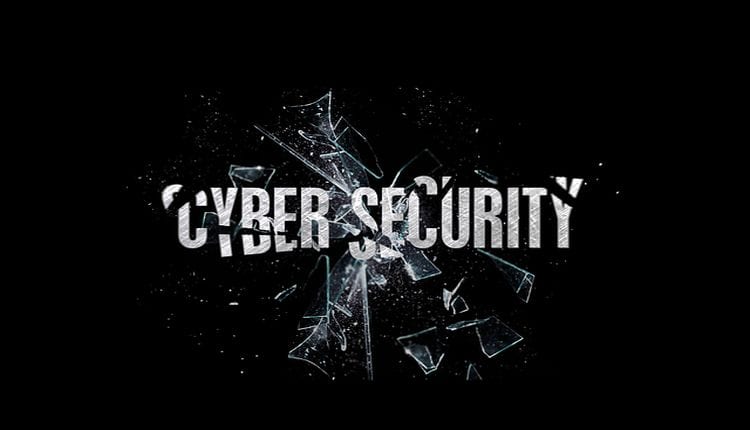By Sonit Jain, CEO of GajShield Infotech
An effective data security governance strategy should include features like custom cybersecurity policies, complete visibility over data, data encryption methodologies, among others.
Context-based data leak prevention
A context-based data leak prevention firewall creates context around data to enhance inspection and authentication. It helps to get granular details like sender/receiver address and email text patterns in an email to increase security. The contextual intelligence engine identifies the context to break and classify data into multiple data points. This helps to analyze all granular data points pertaining to these emails as well as other communications and prevent any policy violation.
Context-based data leak prevention firewalls also help to build the foundation for an effective data security governance. Data security governance requires building custom cybersecurity policies, which is among the many things that a context-based data leak prevention firewall allows you to do. A context-based data leak prevention firewall creates context around data and compares it with the custom security policies you created to prevent any data leakage. Hence, you can create policies according to your specific needs for enhanced data governance.
Complete visibility over data
Visibility over data is of utmost importance for monitoring and governance. Complete data visibility allows you to get complete knowledge of what is being downloaded, uploaded, or transmitted over your organization network. You will have complete control over your data.
Contextual data leak prevention firewalls and complete visibility are often interconnected. A firewall backed up by a contextual intelligence engine generates deeper visibility by identifying context around data points. This combination of context-based data leak prevention and complete visibility allows users to create custom cybersecurity policies based on their needs. For instance, you can restrict specific keywords in ‘from,’ ’to,’ ‘subject,’ and ‘email content’ of an email.
Secure data transmission with VPN
A VPN service is a must for effective data governance, especially in this remote working norm. Organizations are moving their enterprise applications to the cloud because of the various benefits that cloud deployment provides. Firstly, applications on the cloud can be easily accessed from anywhere in the world. Secondly, cloud vendors offer seamless data and security management, along with frequent backups. But this increasing deployment on clouds is also increasing the potential areas of attacks. Monitoring all the data access requests from the cloud is challenging for cybersecurity teams as the requests can come from any type of network and device. For instance, remote workforce teams can request access to data from their personal devices and public network. Hence, organizations need to secure data transmission with a VPN.
A VPN extends a private network over a public network for the secure transmission of data. Therefore, it eliminates the need for opening enterprise applications to the internet for just internal usage. It also implements strict privilege access securities for monitoring and managing privileged accounts. VPN also enhances data security by encrypting data before transmitting it over the network.
Central management system for data monitoring
A data governance process involves multiple individuals and teams such as Chief Data Officer (CDO), managers, data governance committees, cybersecurity teams, and data stewards. For an effective data governance strategy, it is important that all these individuals and teams can govern data from a single platform, instead of monitoring data from different tools and platforms. A central management system allows all authorized people to monitor and govern data from a single platform.
The central management system also helps to monitor and manage all the requests for data access coming from different devices and networks. For instance, a remote workforce team member might request enterprise application and data requests through a personal device and a public WiFi network. The central management system allows you to route all such requests coming from personal devices and public networks to your head office firewall, where all the requests can be handled from a single system. This ensures that all the requests are abiding by the security policies developed for securing your data.



